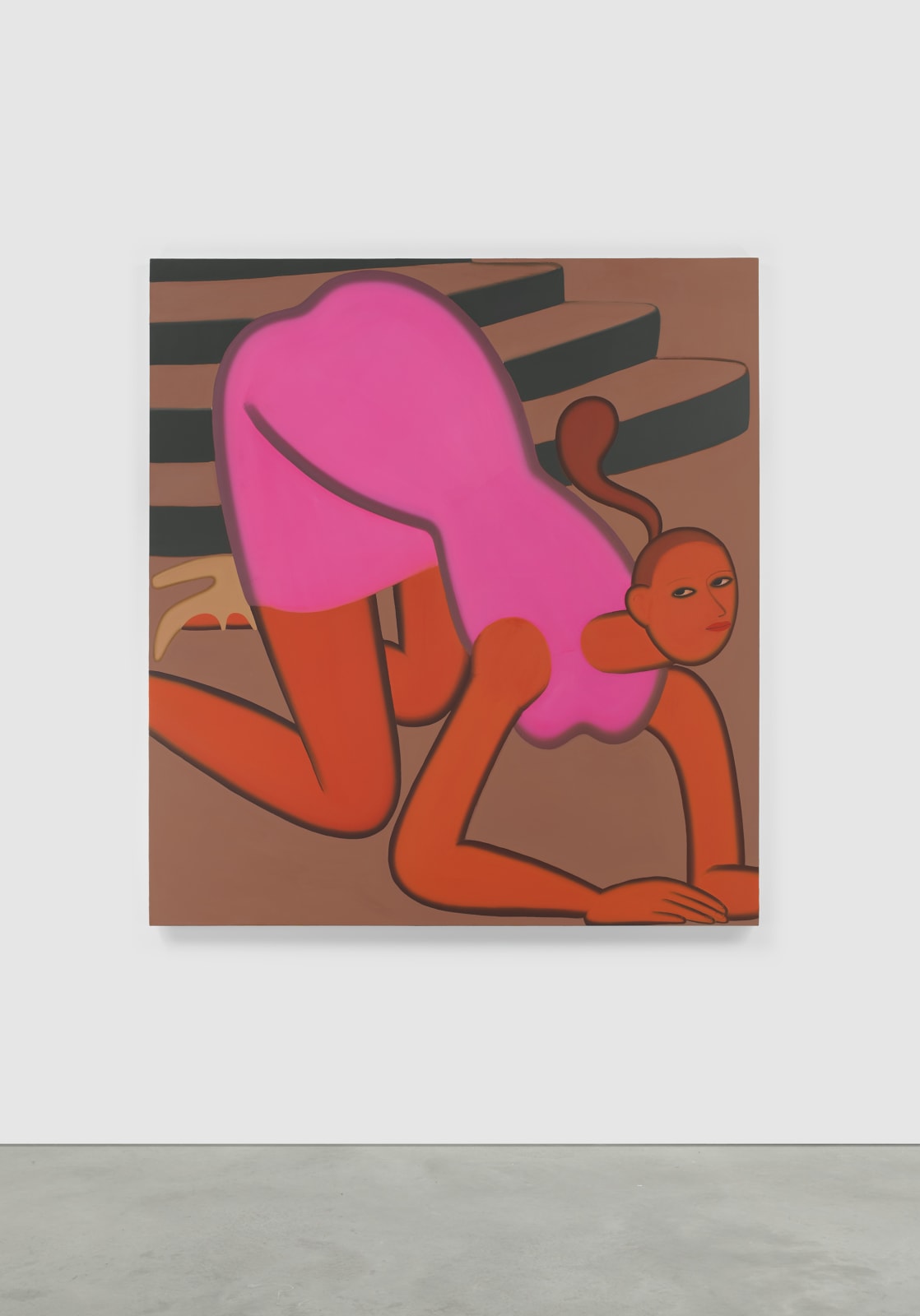-
Artworks







Stunt, 2020
Oil on canvas71 x 65 in
180.3 x 165.1 cmSoldFurther images
Weaver is concerned with the art-historical devices of gravity and directionality. Distinctly in contrast to the upright nature of both painting and human posture, many of her figures are depicted...Weaver is concerned with the art-historical devices of gravity and directionality. Distinctly in contrast to the upright nature of both painting and human posture, many of her figures are depicted on their hands and knees—a position that may convey religious devotion, sexual submission, or humiliation. In this work, a fallen woman in a neon-pink bodycon dress and spray-tan is depicted crawling on her hands and knees. According to Weaver, “the title, Stunt, is in reference to the action: she has fallen, but maybe it was not by chance. Even if it was an accident, she’s trying to make the best of a bad situation and find an appealing pose. The word stunt also has to do with how it’s painted, how her body is bent and crammed into the rectangle of the painting: even the act of painting is stunting her form.”Exhibitions
Grace Weaver: STEPS, James Cohan, New York, NY, July 15 - September 12, 2020













